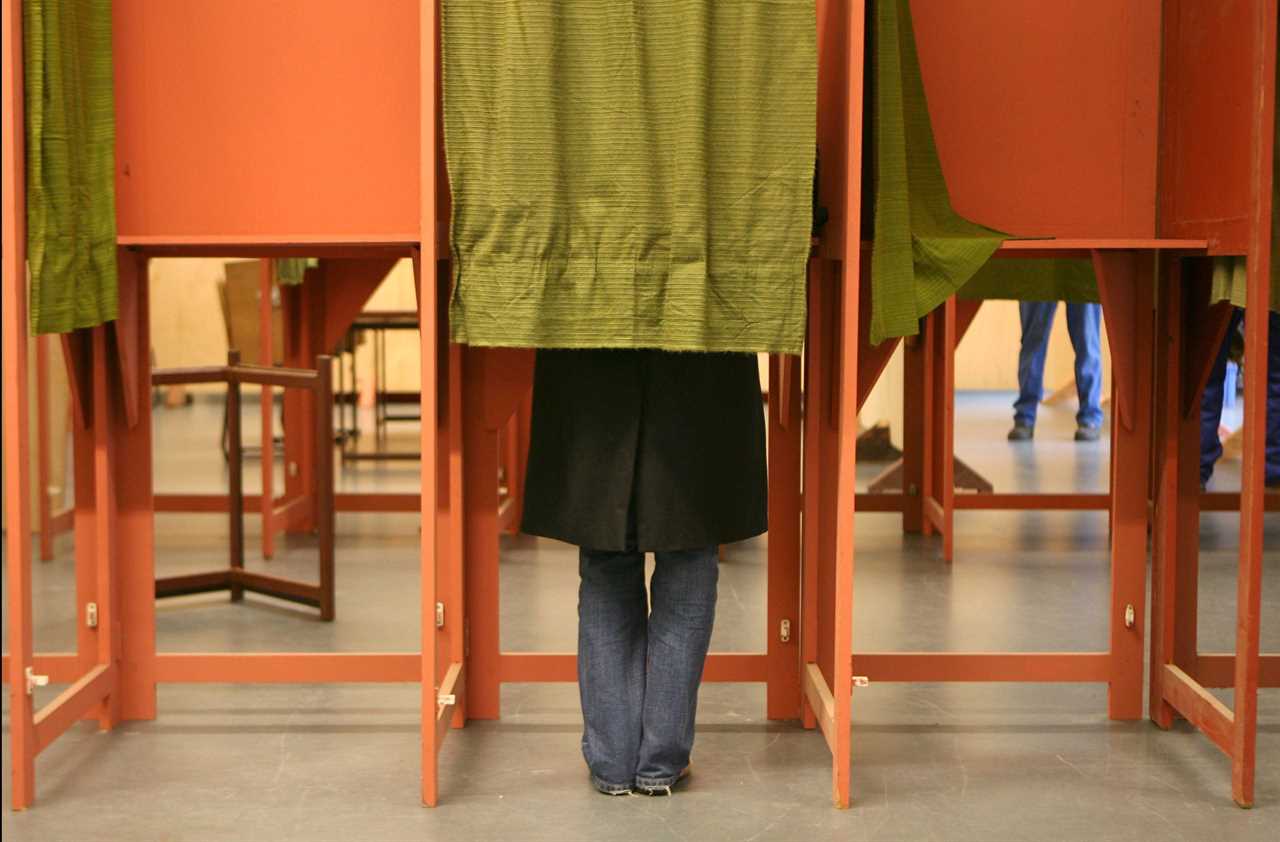
MILLIONS took to polling stations across the UK today to cast their ballots in a crucial General Election.
Polls opened at 7am and closed at 10pm on July 4 and now the results are flooding in.

Millions took to polling stations across the UK today
Will Sir Keir Starmer win a historic landslide and create a Labour supermajority or has Rishi Sunak done enough to stop being turfed out of No10?
How to track the results LIVE with our interactive map
Simply follow our interactive chart and we will update the results for the General Election as they are announced.
Make sure you keep refreshing to see the results pour in.
What is the voting system?
The UK uses the first past the post voting system – which essentially means the candidate with the most votes wins.
It means candidates do not need to win a majority of voters in a constituency to become the MP, just one more vote than the person who comes second.
This is different to many European countries who use proportional representation systems – where seats are divvied up to parties based on their national vote share.
How does that decide the PM?
Whichever party leader wins a majority of the 650 Commons seats up for grabs – so 326 – will be asked by the King to form the next government.
If nobody wins an outright majority, the leader of the largest party is usually given the first crack at trying to form an administration, either as a shaky minority government or creating a coalition with smaller parties.
But that is not a clear-cut rule. In 2010 Gordon Brown briefly tried to cling on by sealing a coalition deal with the Lib Dems despite David Cameron’s Tories winning the most seats.
What are the new boundary changes?
A major shake-up of the electoral map means the constituency you voted in at the last election might not actually exist or may have moved.
The boundaries of lots of seats have been tweaked, either to take in areas of other seats, lose ground or be abolished altogether.
The carve-up was done to distribute voters more fairly so there are not wild differences in constituency populations.
For example, the Isle of Wight – which had the largest electorate – is being split down the middle into two new constituencies.
Did you miss our previous article...
https://trendinginthenews.com/uk-politics/nigel-farages-reform-party-makes-unprecedented-gains-threatening-tory-vote






